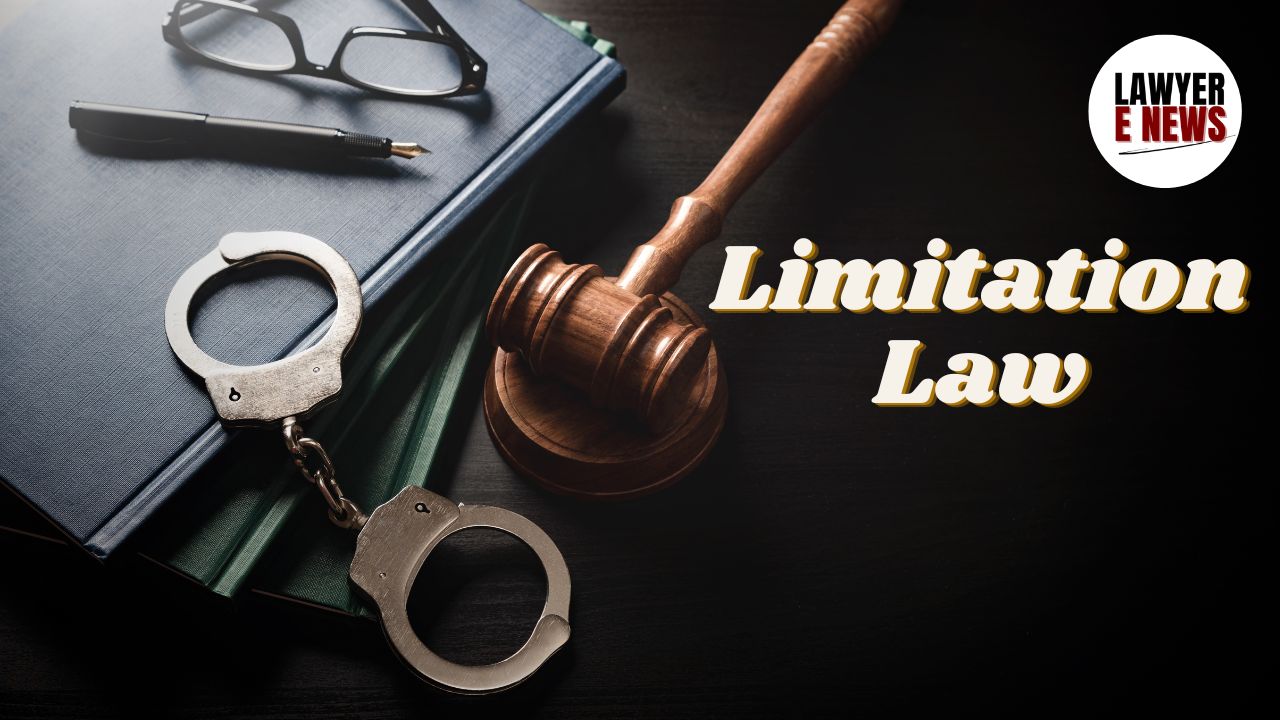-
by Admin
15 December 2025 3:42 AM



Supreme Court of India held that a second suit for specific performance, filed 16 years after the cause of action first arose, was barred under the law of limitation. The decision sets a precedent for interpreting Order VII Rule 11(d) of the Code of Civil Procedure (CPC), 1908, and Articles 54 and 113 of the Limitation Act, 1963.
The case arose out of a dispute concerning a 5.05-acre property in Kodaikanal. The defendant, Indian Evangelical Lutheran Church Trust Association, had entered into a sale agreement with the plaintiff, Sri Bala & Co., in 1991. While the plaintiff filed a suit for specific performance in 1993, it was rejected in 1998 due to non-payment of court fees. The plaintiff filed a second suit for the same relief in 2007, citing an extension of time for performance due to pending litigation.
The defendant challenged the maintainability of the second suit, arguing it was time-barred under Article 54 of the Limitation Act. The trial court and High Court dismissed the defendant's application under Order VII Rule 11(d), prompting the appeal to the Supreme Court.
The Supreme Court emphasized that a plaint can be rejected if the suit is barred by any law, including the Limitation Act. The Court reiterated that a meaningful reading of the plaint must reveal whether it is barred by limitation on its face.
The Court noted that the first suit in 1993 was within the prescribed limitation period under Article 54 (three years from the date fixed for performance or when performance is refused). However, the second suit, filed in 2007, was subject to Article 113 of the Limitation Act, which provides a three-year limitation period from the date the right to sue accrues.
The Court found that the right to sue for the second suit accrued on January 12, 1998, when the first plaint was rejected. The second suit, filed nine years later, was therefore barred.
The plaintiff claimed that a letter dated July 15, 1991, extended the time for performance until the resolution of pending litigations. The Court rejected this argument, noting that no such claim was made in the first suit.
The Court underscored the principle from Section 9 of the Limitation Act: "Where once time has begun to run, no subsequent disability or inability to institute a suit stops it."
Justice Nagarathna highlighted that the Limitation Act is designed to prevent stale claims and uphold procedural efficiency. "The barring of the remedy under limitation does not extinguish the right, but it denies the judicial remedy to enforce it."
The Supreme Court overturned the decisions of the trial court and High Court, allowing the appeal. The Court directed the rejection of the plaint in the second suit, holding:
"The second suit was filed not to genuinely seek relief but to prolong litigation and extract unlawful gain from the defendant. Such conduct must not be encouraged."
The decision reaffirms the strict interpretation of limitation laws and underscores the need for diligence in pursuing legal remedies. It also clarifies the interplay between Articles 54 and 113 of the Limitation Act in cases involving specific performance.
Date of Decision: January 8, 2025
